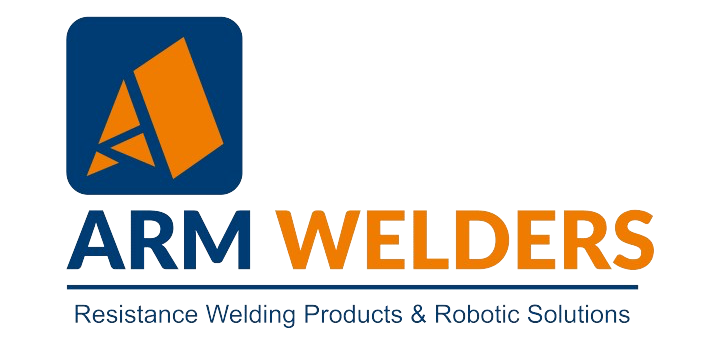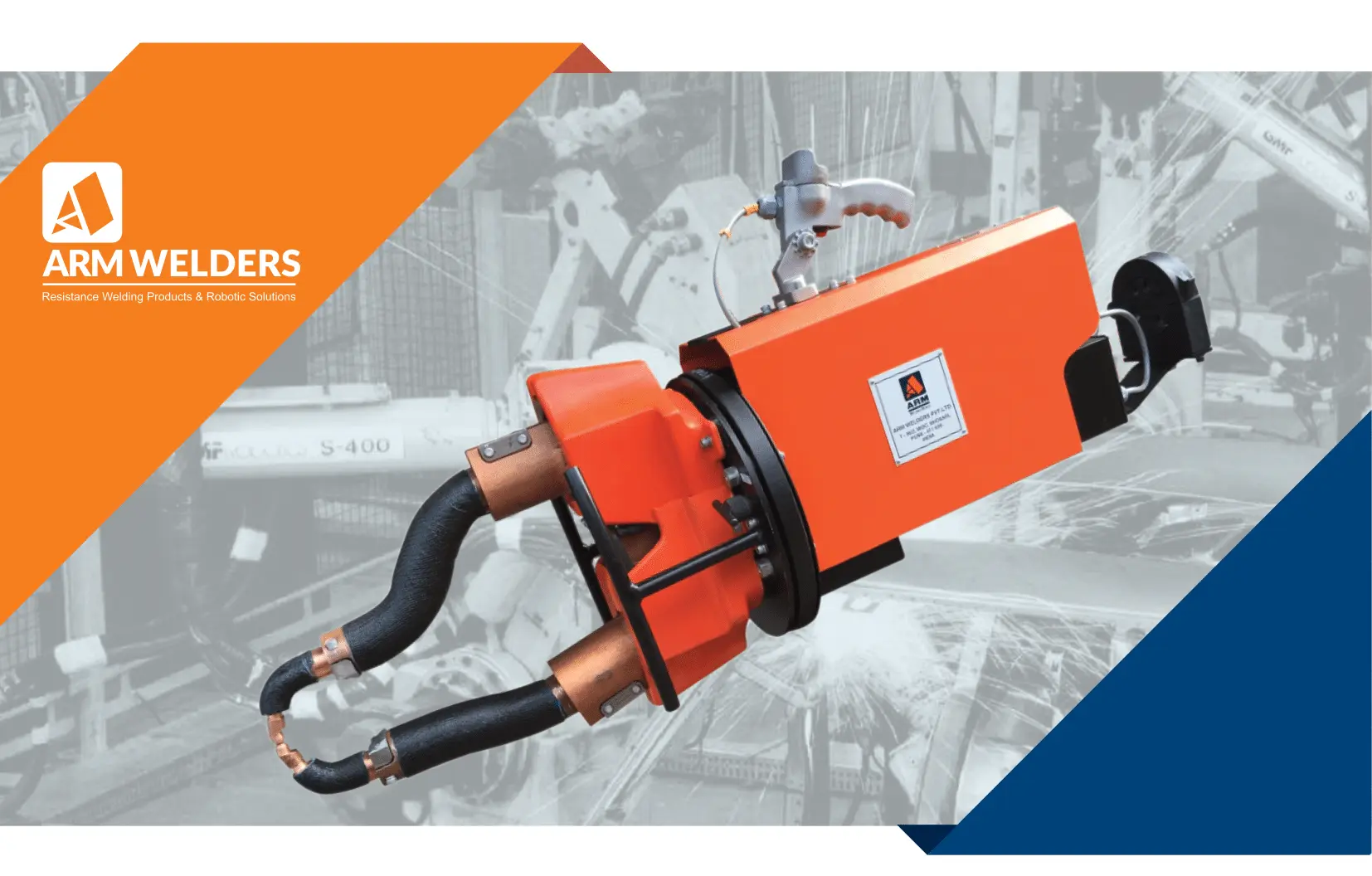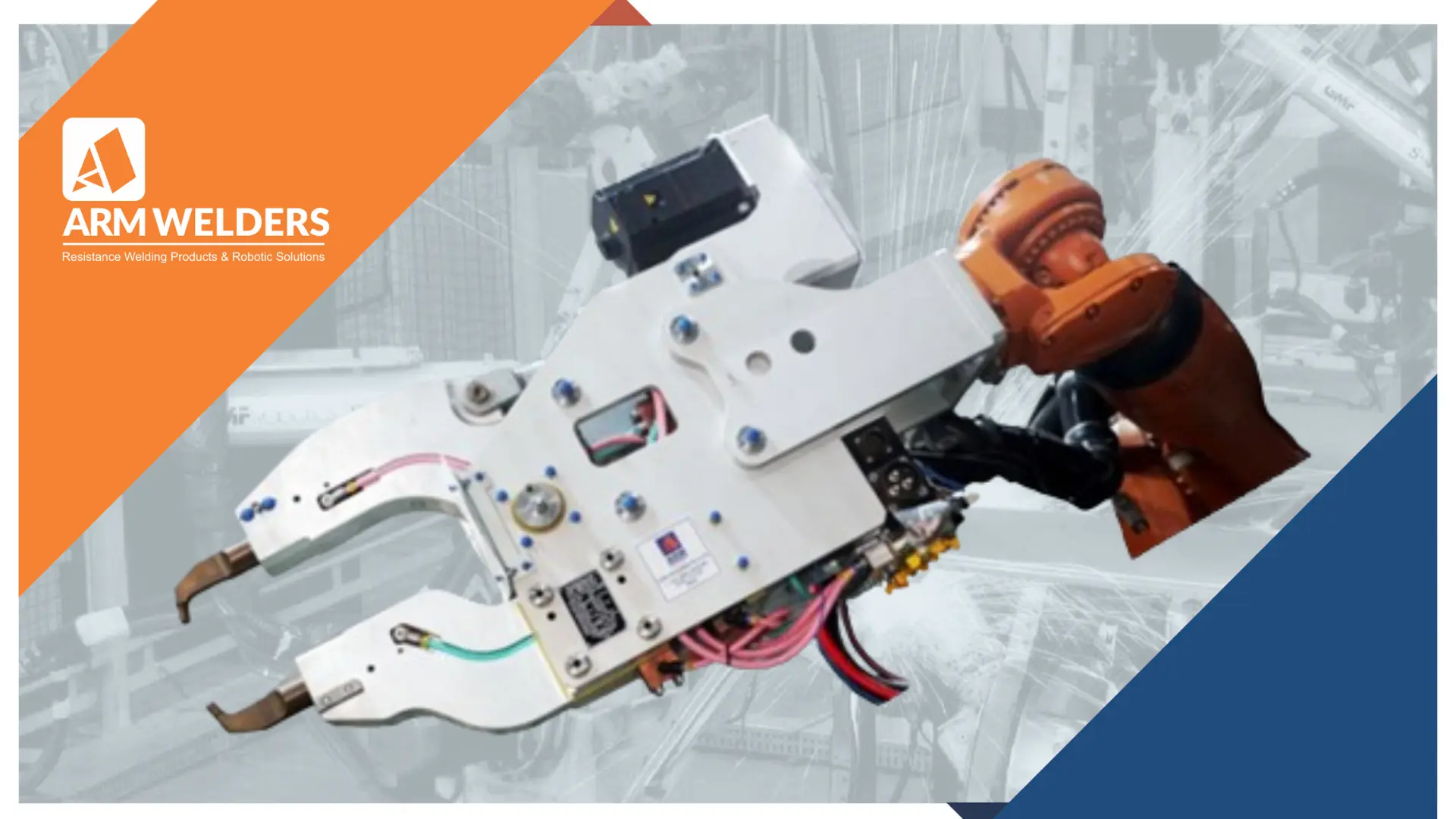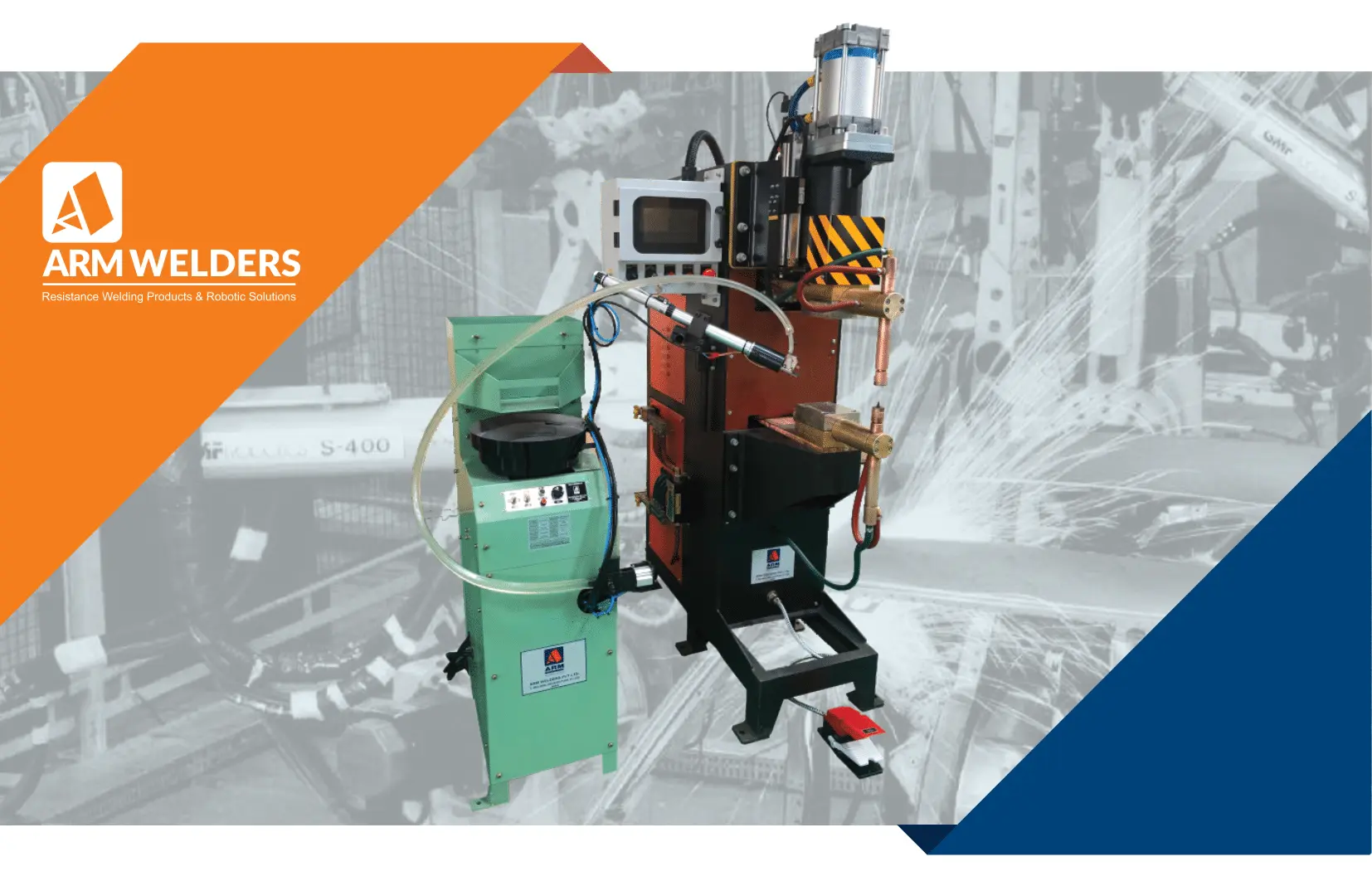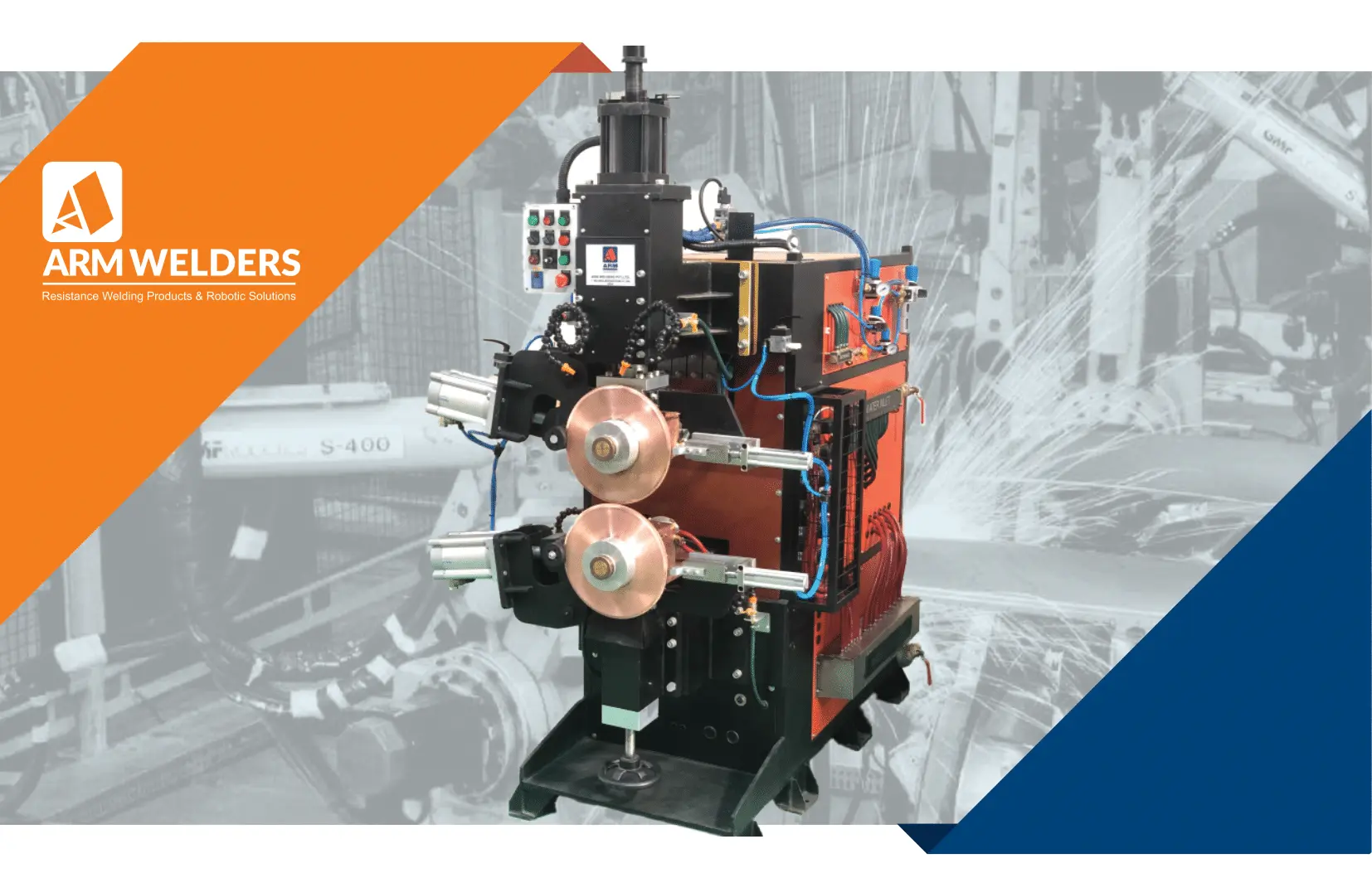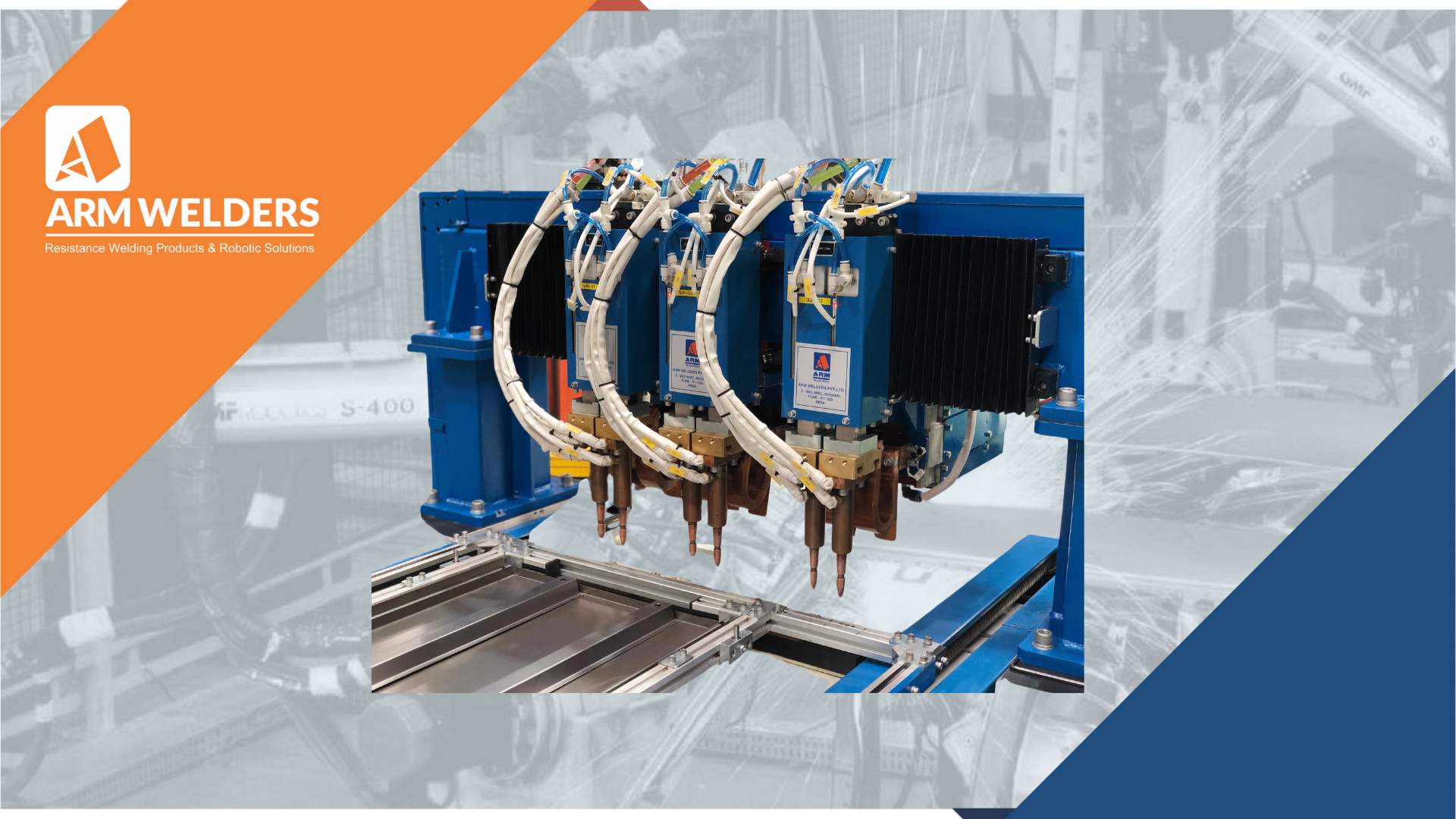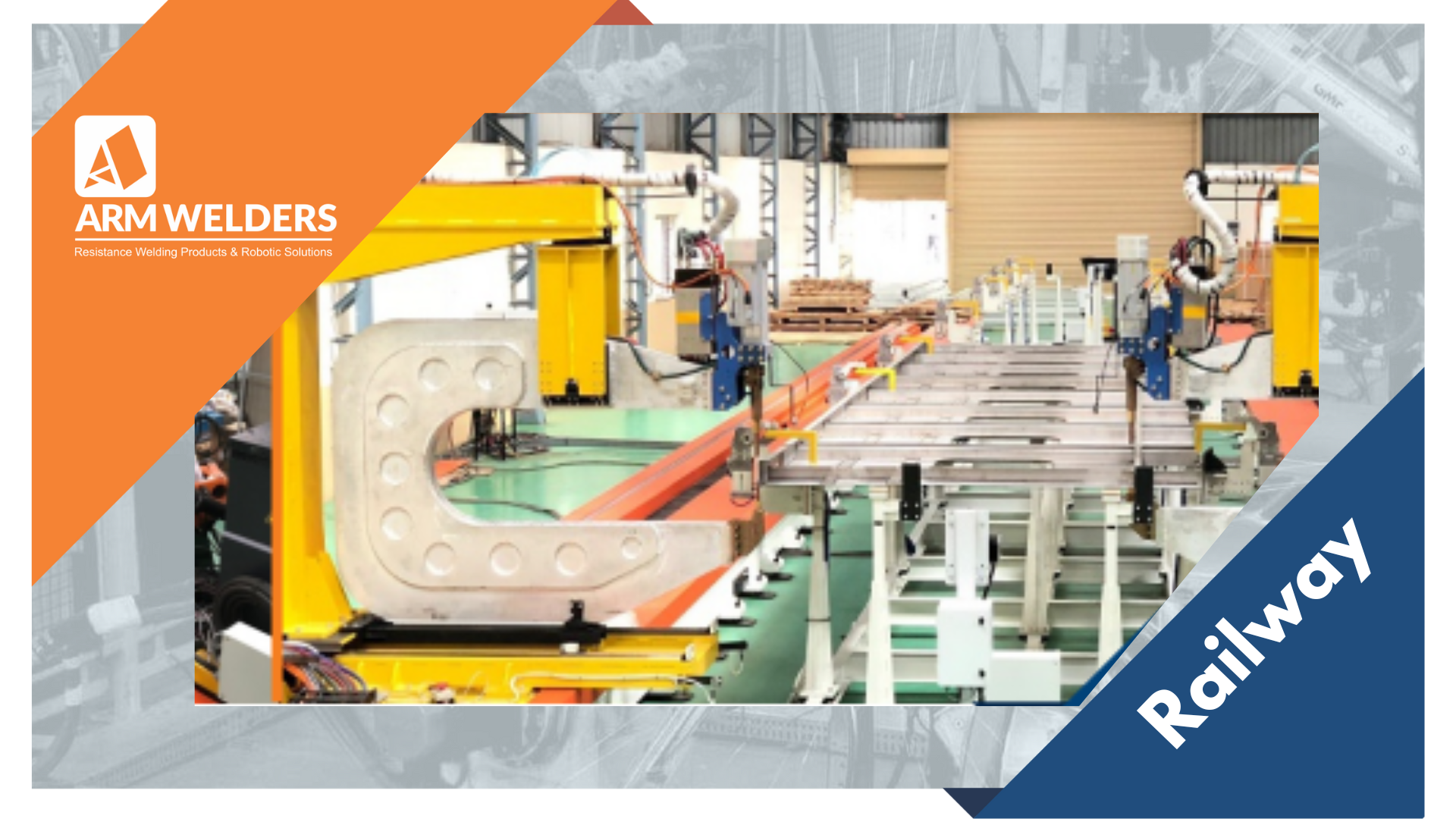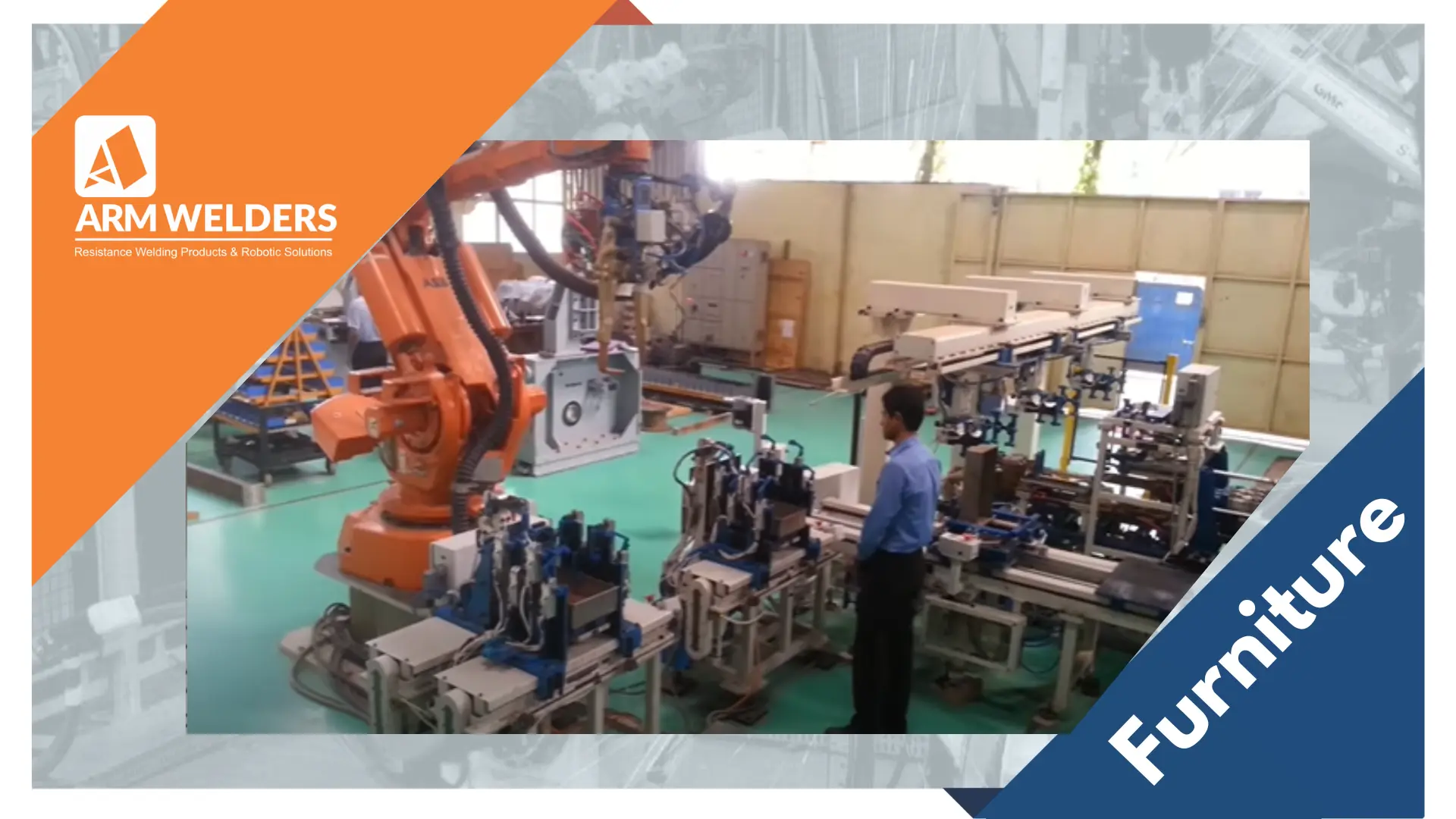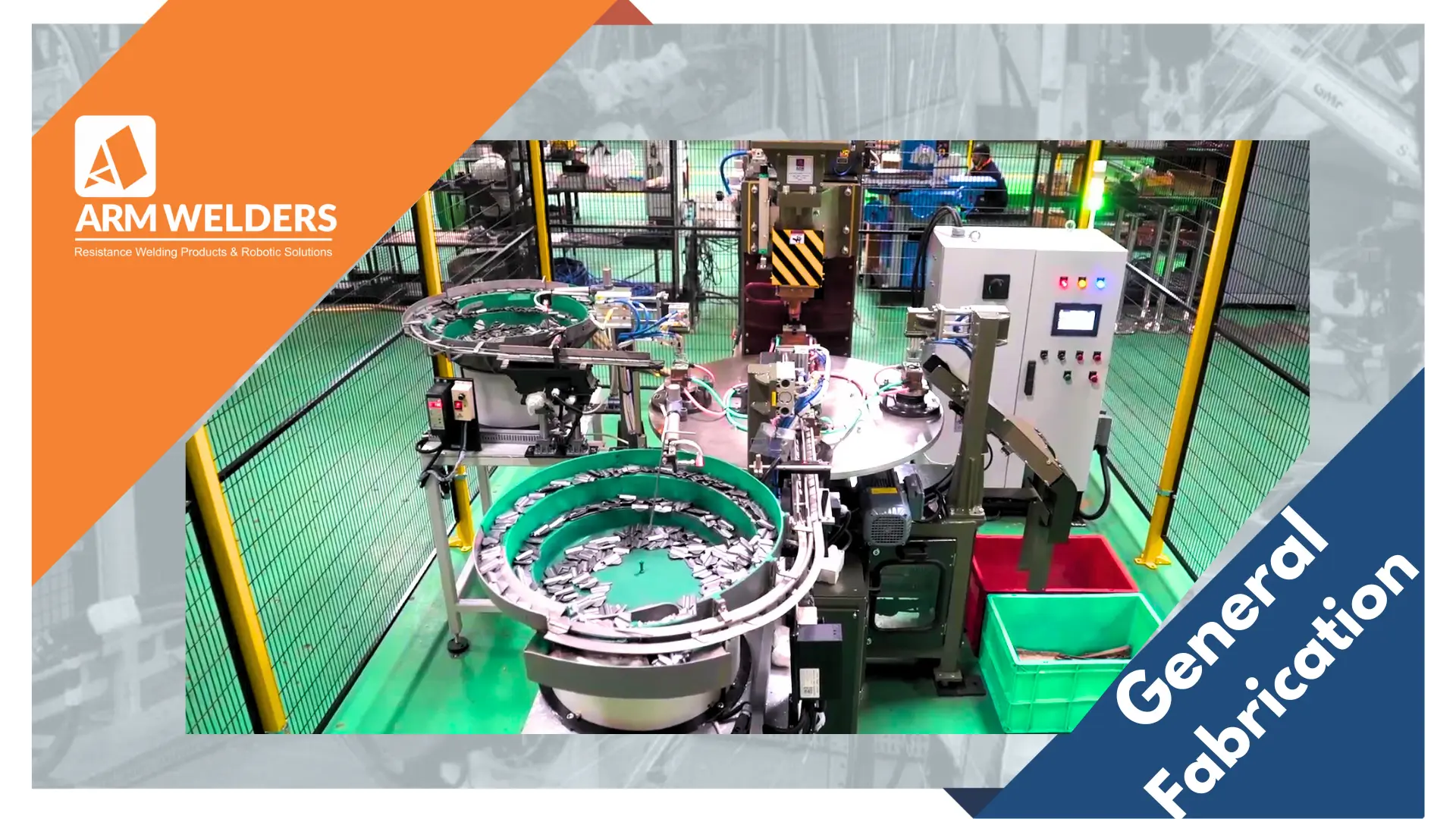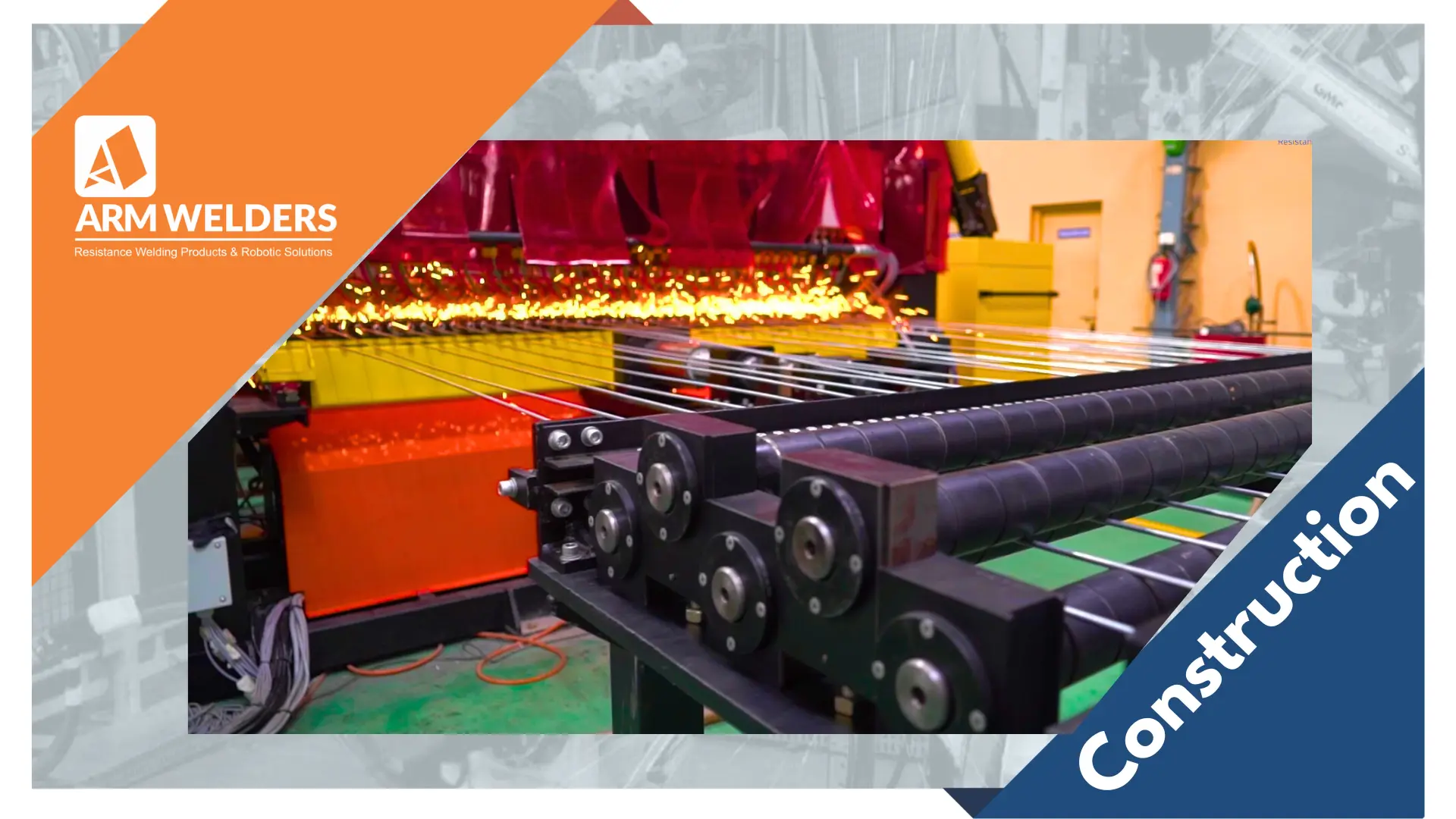Spot welding machines play a crucial role across diverse industries, providing effective and accurate methods for joining metal components. Within this extensive guide, we will thoroughly examine the inner workings of spot welding machines, grasp their operational concepts, and investigate the wide array of applications they serve in different sectors.
Unveiling the Operational Dynamics of Spot Welding Machines
Spot welding machines operate by joining two or more metal sheets together through the application of heat and pressure to a specific area, thus forming a robust and durable bond. The process has several critical components:
Electrodes: These machines comprise two electrodes, typically crafted from high strength copper or Aluminium alloys, which serve the dual purpose of conducting electricity and applying force to the workpieces.
Power Source: Powered by electricity, spot welding machines channel the current through the electrodes, generating heat at the welding spot point.
Control Mechanism: Modern spot welding machines feature advanced control systems that regulate crucial parameters such as welding current, time, and pressure, thereby ensuring the consistency and reliability of welds.
Demystifying the Operation of Spot Welding Machines
The operation of spot welding machines unfolds through the following sequential steps:
- Squeeze: At the point of welding, the electrodes hold the sheet at a specified force. This force depends on the sheet thickness. Right amount of force is crucial to ensure that the welding current is held at the weld point..
- Welding current: After reaching the desired force in the squeeze cycle, the specified high welding current flows through the spot point of both the sheets. The welding current set depends on the sheet thickness and material to be weld. The welding current decides the fusion of the material resulting in final nugget size and weld quality
- Welding time: This is the time for which the welding current flows through the spot. This time is typically in hundreds of milliseconds. The weld time is set as per the weld current and force applied to the spot point. Too high a time results in spatter creating a high heat affecting zone and too less a weld time will result in a bad spot quality. It is very essential to set a right weld tie.
- Cooling Phase: Once the stipulated welding time elapses, the current ceases, and the welded joint undergoes a cooling process, thereby solidifying the bond. This time is essential to ensure a propoer fusion of spot.
The Myriad Applications of Spot Welding Machines
Spot welding machines find extensive applications across an array of industries, including but not limited to:
- Automotive Sector: In the automotive realm, spot welding reigns supreme in the assembly of body panels, chassis components, and exhaust systems, thereby endowing vehicles with structural integrity and durability.
- Aerospace Industry: Aerospace manufacturers harness spot welding machines to join thin metal sheets and components in aircraft construction, ensuring lightweight yet robust assemblies.
- Electronics Manufacturing: Spot welding serves as a cornerstone in the production of electronic devices and appliances, facilitating the assembly of circuit boards, battery packs, and electrical connectors.
- Metal Fabrication: Within metal fabrication and manufacturing processes, spot welding machines play an instrumental role in the rapid and cost-effective assembly of various metal structures, including enclosures, cabinets, and frames.
Spot welding machines represent an indispensable cornerstone in modern manufacturing, epitomizing precision, efficiency, and versatility in the production landscape. By unraveling the fundamentals of spot welding and delving into its operational intricacies, manufacturers can leverage the capabilities of these machines to bolster productivity and quality within their production processes.
In conclusion, spot welding machines embody the epitome of efficiency and precision in metalworking, serving as a linchpin technology in the manufacturing domain.
About Arm Welders:
Arm Welders specializes in manufacturing of resistance welding equipment that cater to the quality, efficiency and productivity of all sectors of manufacturing that employ resistance welding processes. Our training cell imparts knowledge and training on the welding process and use of these equipment. For more information on training and understanding, please contact us.
